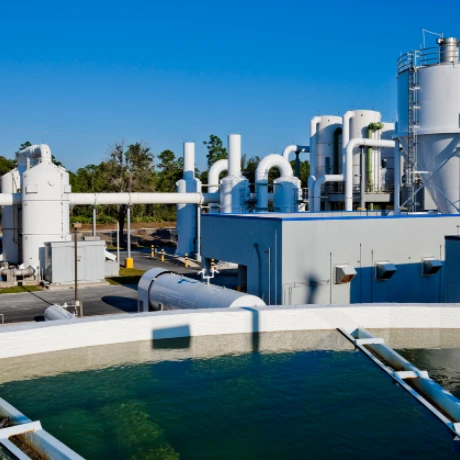



strontium carbonate chemical formula
Strontium Carbonate An Overview of Its Chemical Formula and Properties
Strontium carbonate, chemically denoted as SrCO₃, is a white, crystalline powder that is widely utilized in various industrial applications. As the name suggests, strontium carbonate contains strontium (Sr), a soft, silvery-white metallic element, and carbonate (CO₃), a polyatomic ion consisting of one carbon atom bonded to three oxygen atoms. This compound plays a significant role in several fields, including ceramics, glass production, and even fireworks manufacturing.
Chemical Structure and Properties
The chemical formula of strontium carbonate reveals its composition one strontium atom, one carbon atom, and three oxygen atoms. It is an alkaline earth metal carbonate, similar to other carbonates like calcium carbonate (CaCO₃) and barium carbonate (BaCO₃). Strontium, with an atomic number of 38, belongs to the same group in the periodic table as barium and radium, which means it shares similar chemical properties.
Strontium carbonate is relatively insoluble in water, but it does dissolve in acids, where it reacts to form strontium salts. This property makes it useful for various chemical reactions and laboratory applications. The compound is stable under normal conditions but can decompose when subjected to heat, releasing carbon dioxide (CO₂) and strontium oxide (SrO), a process that occurs at high temperatures.
Industrial Applications
strontium carbonate chemical formula

One of the most notable applications of strontium carbonate is in the production of ceramics and glass. Strontium carbonate is often used as a flux in the manufacturing of high-quality glass, which enhances its optical characteristics and overall durability. The addition of strontium can also improve the thermal stability of glass products, making them suitable for high-temperature applications.
In the world of pyrotechnics, strontium carbonate is a key ingredient in producing red fireworks. When it is burned, strontium produces a brilliant red flame, which is highly sought after for visual displays. Additionally, strontium compounds are used in various fireworks formulations to provide color and stability during combustion.
Strontium carbonate also finds use in the production of ferrites and magnetic materials, which are essential components in electronic devices. These materials are widely used in transformers, inductors, and permanent magnets, contributing to the advancements in technology.
Health and Environmental Impact
While strontium carbonate is relatively non-toxic compared to other heavy metals and compounds, it is essential to handle it with care, primarily due to its chemical reactivity in certain environments. Strontium is naturally found in trace amounts in human bones and teeth, and while it plays a role in biological processes, excessive exposure can lead to health concerns. Therefore, industries that utilize strontium carbonate must adhere to safety regulations to minimize any risks to workers and the environment.
In conclusion, strontium carbonate (SrCO₃) is a versatile and chemically interesting compound with a variety of industrial applications. From enhancing the properties of ceramics and glass to producing vibrant colors in fireworks, its utility is esteemed in many sectors. Understanding its chemical composition and characteristics not only sheds light on its practical uses but also emphasizes the importance of safety and environmental stewardship in industries that employ this compound. Whether in labs, factories, or mesmerizing night skies, strontium carbonate continues to play a significant role in modern science and industry.
-
Why Sodium Persulfate Is Everywhere NowNewsJul.07,2025
-
Why Polyacrylamide Is in High DemandNewsJul.07,2025
-
Understanding Paint Chemicals and Their ApplicationsNewsJul.07,2025
-
Smart Use Of Mining ChemicalsNewsJul.07,2025
-
Practical Uses of Potassium MonopersulfateNewsJul.07,2025
-
Agrochemicals In Real FarmingNewsJul.07,2025
-
Sodium Chlorite Hot UsesNewsJul.01,2025










